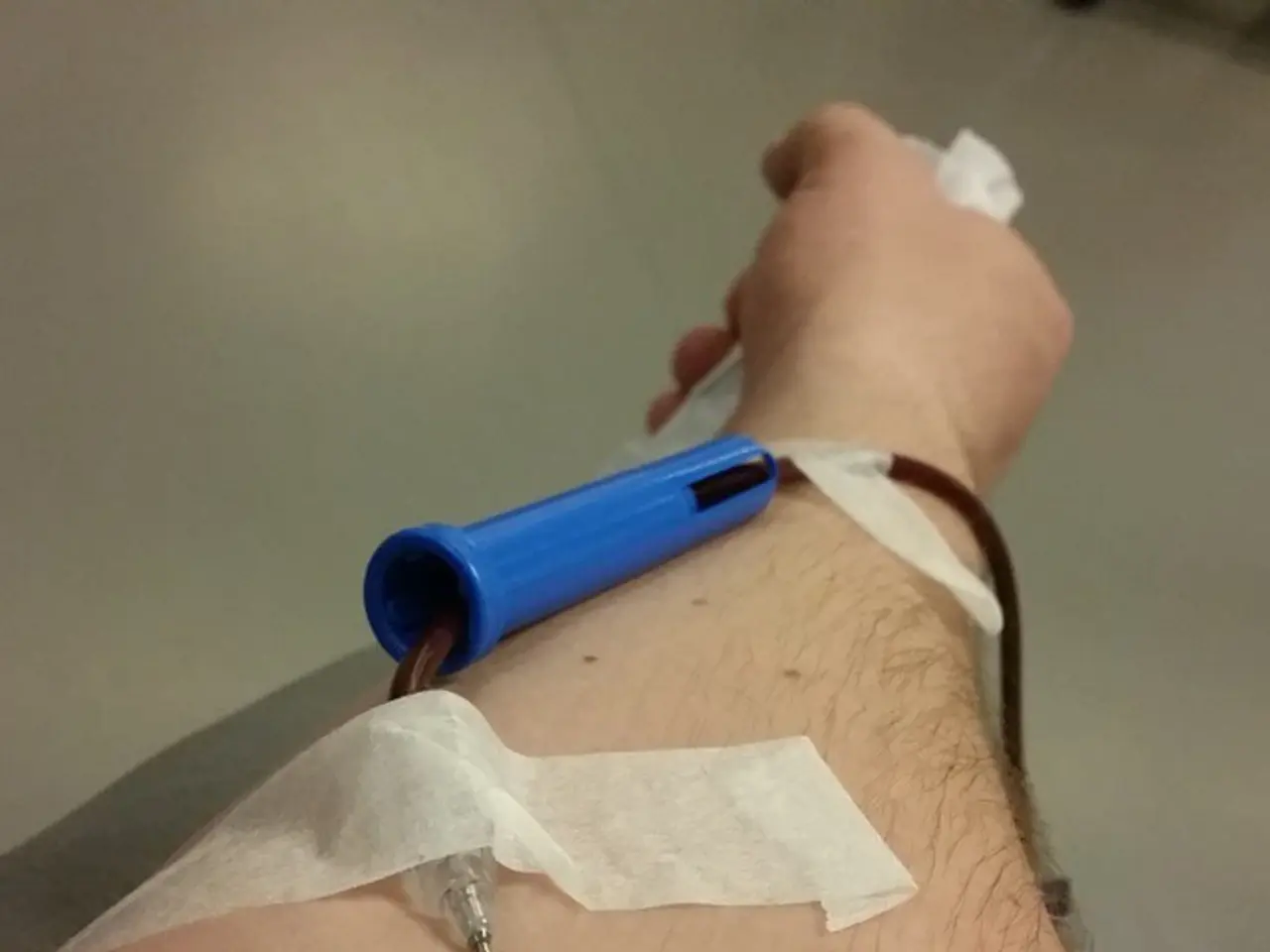Venography: A Valuable Diagnostic Tool With Risks to Consider
Venography, a procedure using X-ray and contrast to visualize veins, is a useful tool in diagnosing various conditions. However, it's not without risks, particularly for certain individuals.
Venography is typically safe, but those with significant heart failure, pulmonary hypertension, or allergies to contrast should avoid it. People with kidney disease, diabetes, or taking metformin may have a higher risk of kidney failure after the procedure. A radiologist interprets the results, and your doctor discusses any abnormal findings with you.
The procedure involves inserting an intravenous line, injecting contrast, and taking X-rays at regular intervals. Afterwards, rest and monitoring of vital signs are required, with plenty of water recommended to clear out the dye. Beforehand, discuss medications, allergies, and pregnancy status with your doctor, and fasting may be advised.
Venography can assess vein size and condition, diagnose blood clots and tumors, and identify vein abnormalities causing pain or swelling. Different types of venography serve various purposes, including ascending, descending, upper extremity, and venacavography.
Venography is a valuable diagnostic tool, but its risks must be considered, especially for those with certain health conditions. Always consult with your healthcare provider to determine if it's suitable for you.




